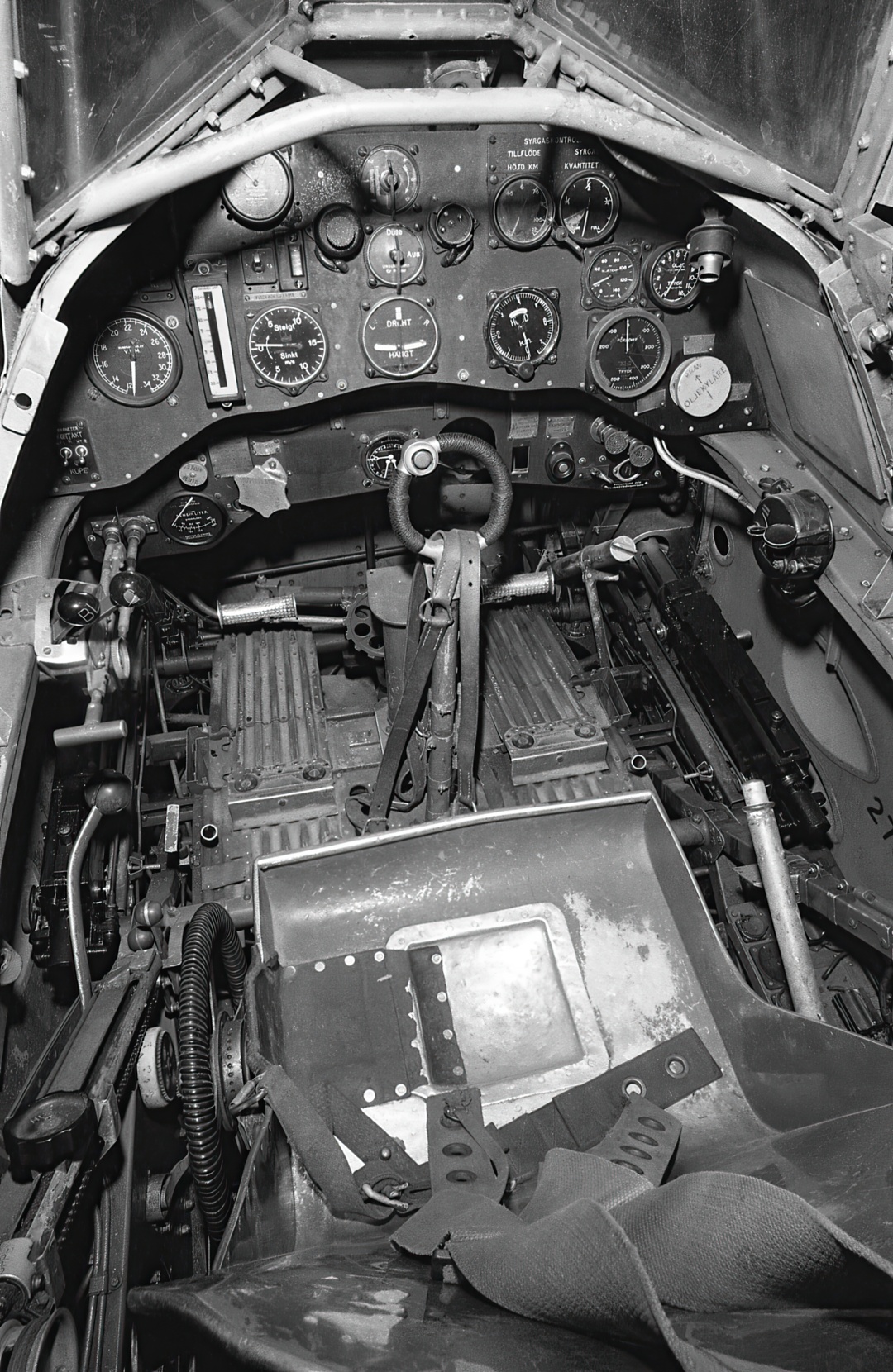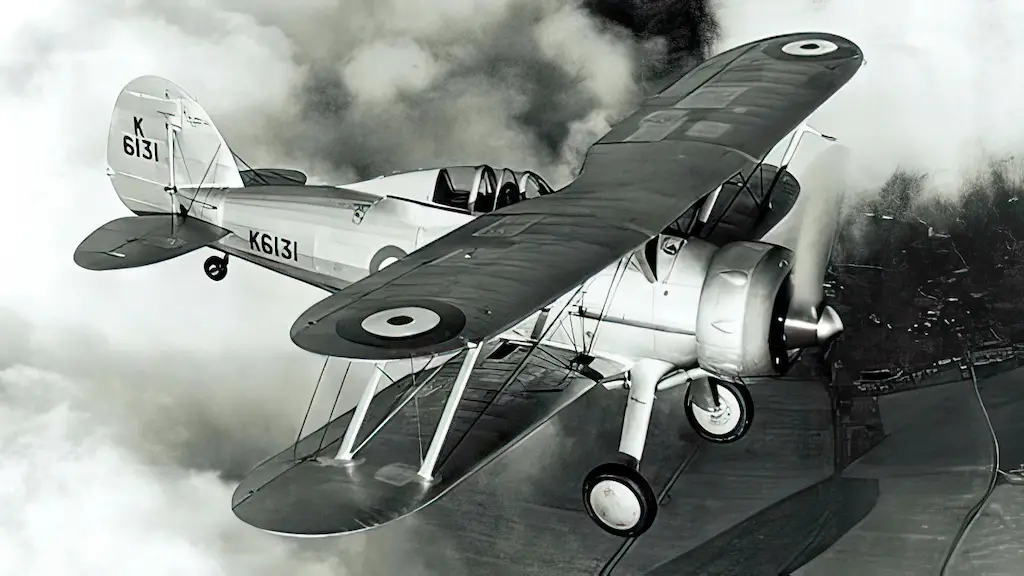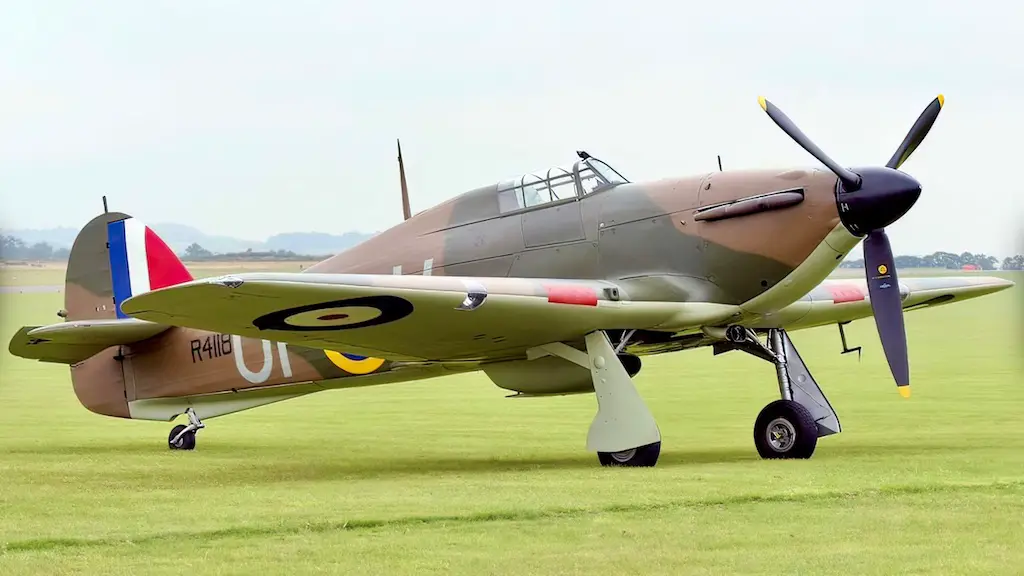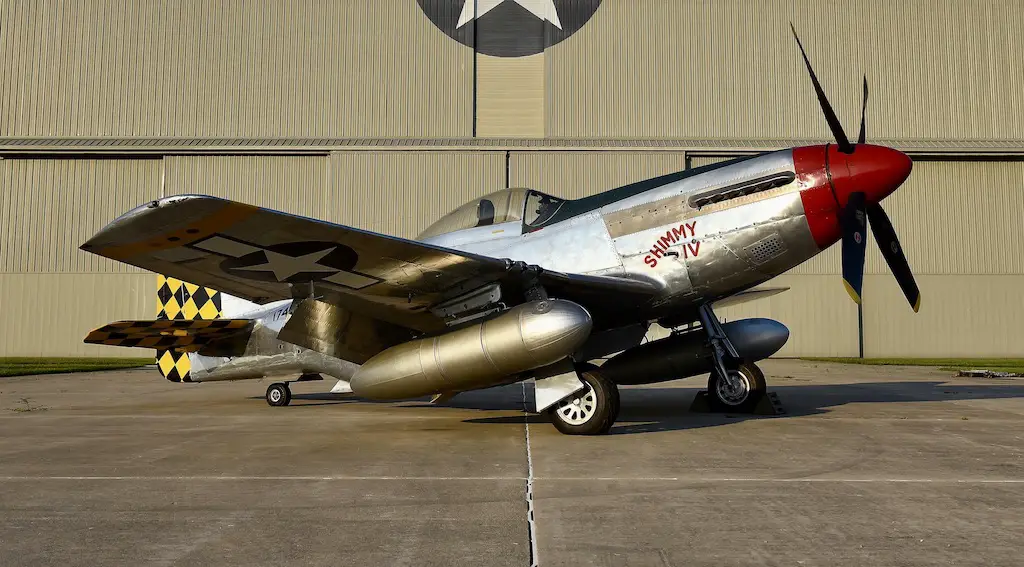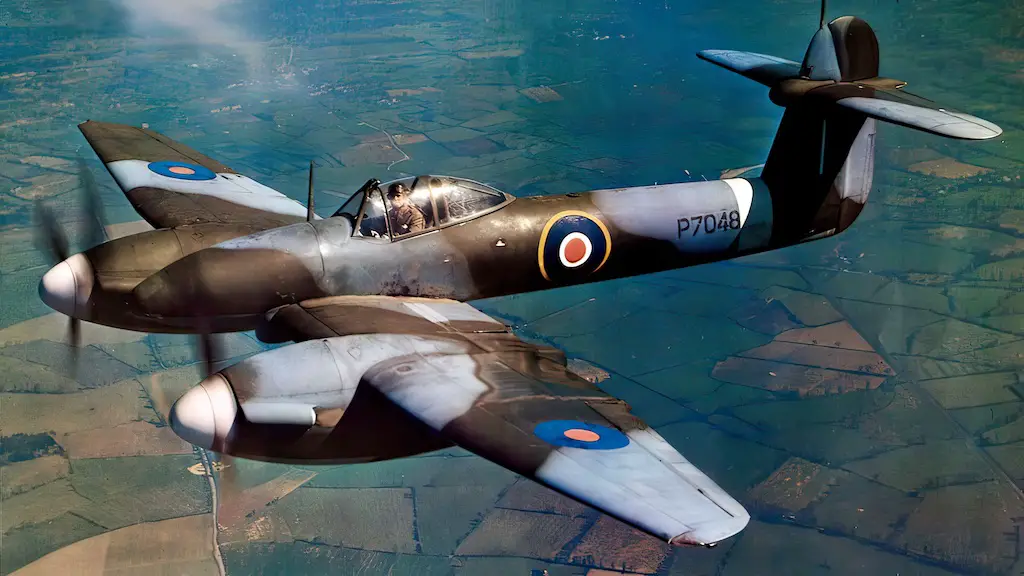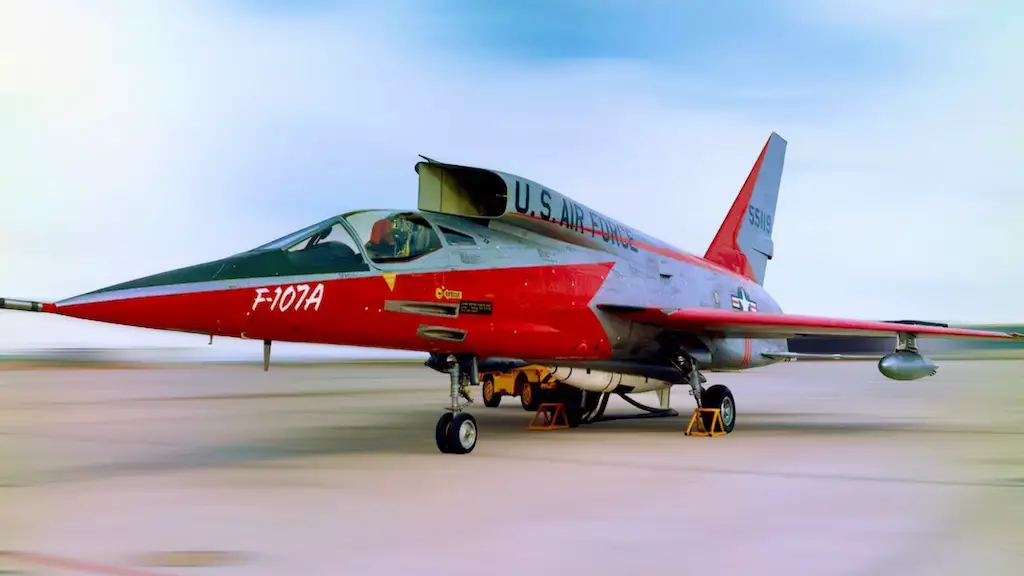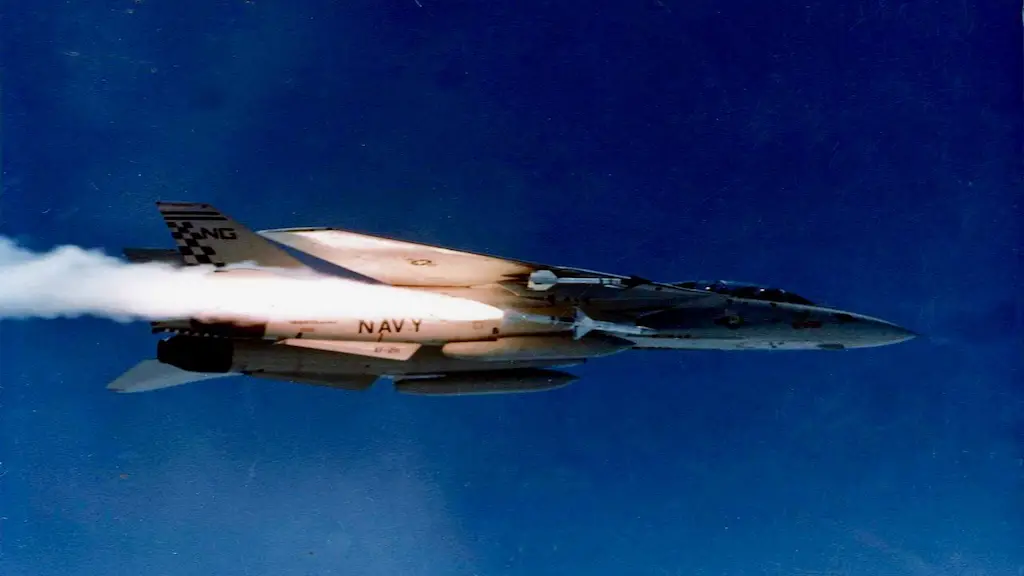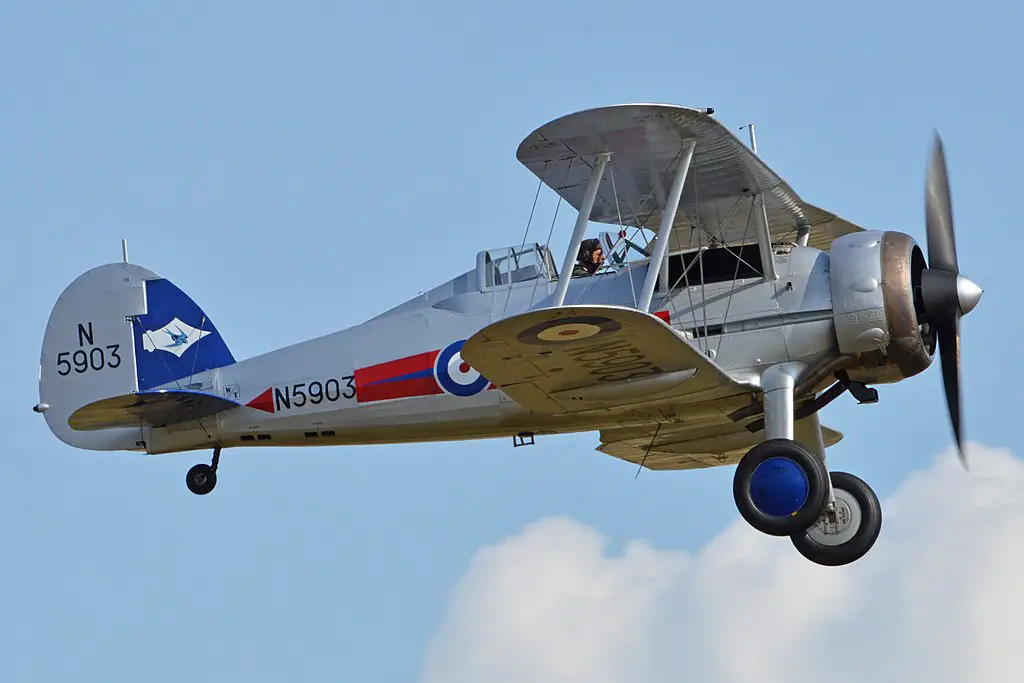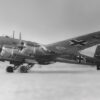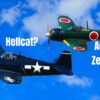A Steady Rise
Born into an age swiftly transitioning to monoplanes, the Gloster Gladiator emerged as Britain’s last biplane fighter. When the concept took off in 1934, it was envisioned as the successor to the Gloster Gauntlet, with the ambitious aim of combining a biplane’s agility with the raw speed of its single-winged counterparts.
Helmed by H.P. Folland, the design process embraced advanced features for its time. Its top-wing design, four machine guns, and enclosed cockpit separated the Gladiator from its predecessors, hinting at a future not yet arrived.
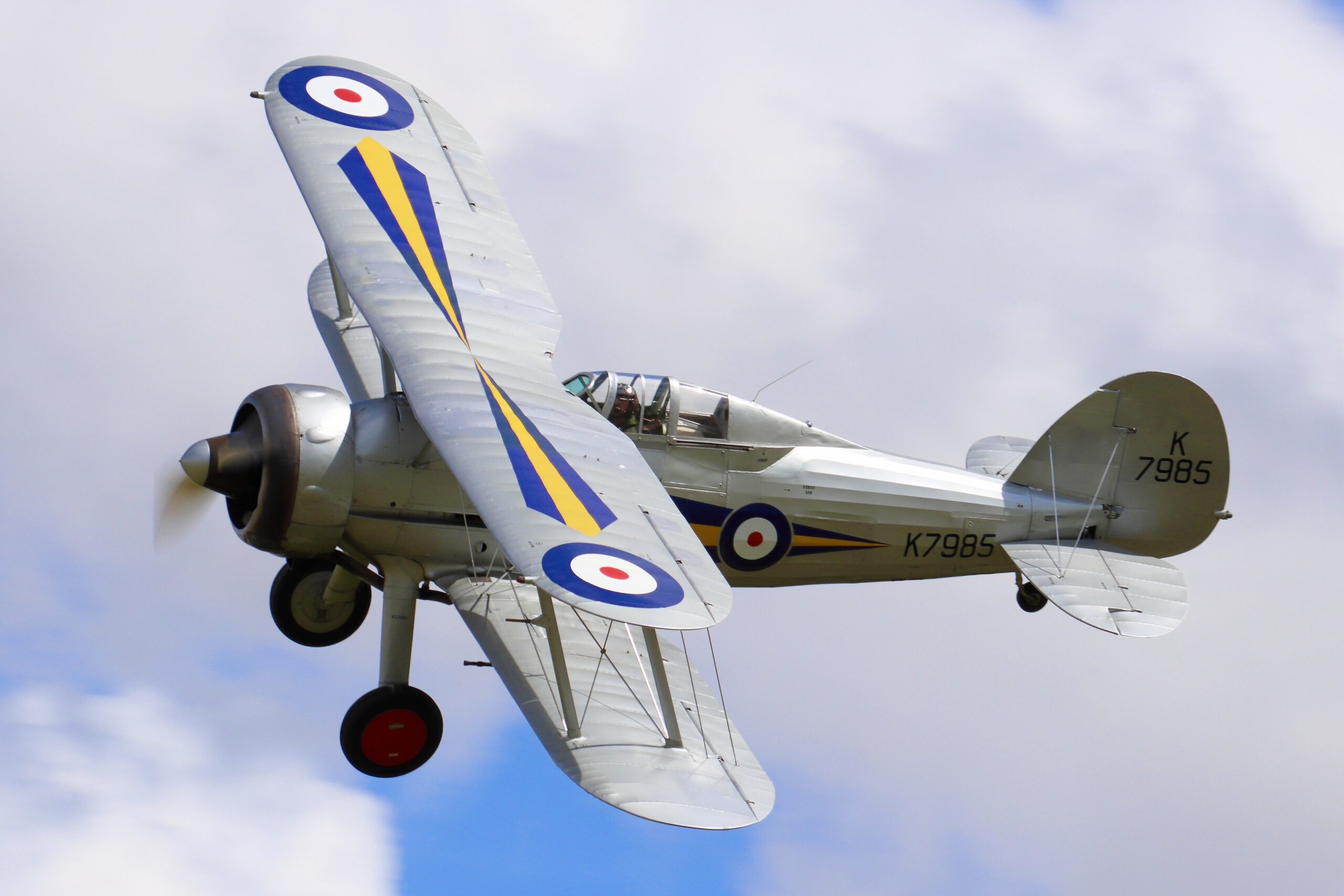
Heart of the Gladiator
Powering the Gladiator was the trusty Bristol Mercury engine. This air-cooled radial engine was a marvel of its time, boasting nine cylinders and a formidable horsepower output of 830.
Capable of propelling the Gladiator to a maximum speed of 253 mph and allowing it to climb over 32,000 feet, the Bristol Mercury engine breathed life into this biplane, pushing it to its extraordinary limits.
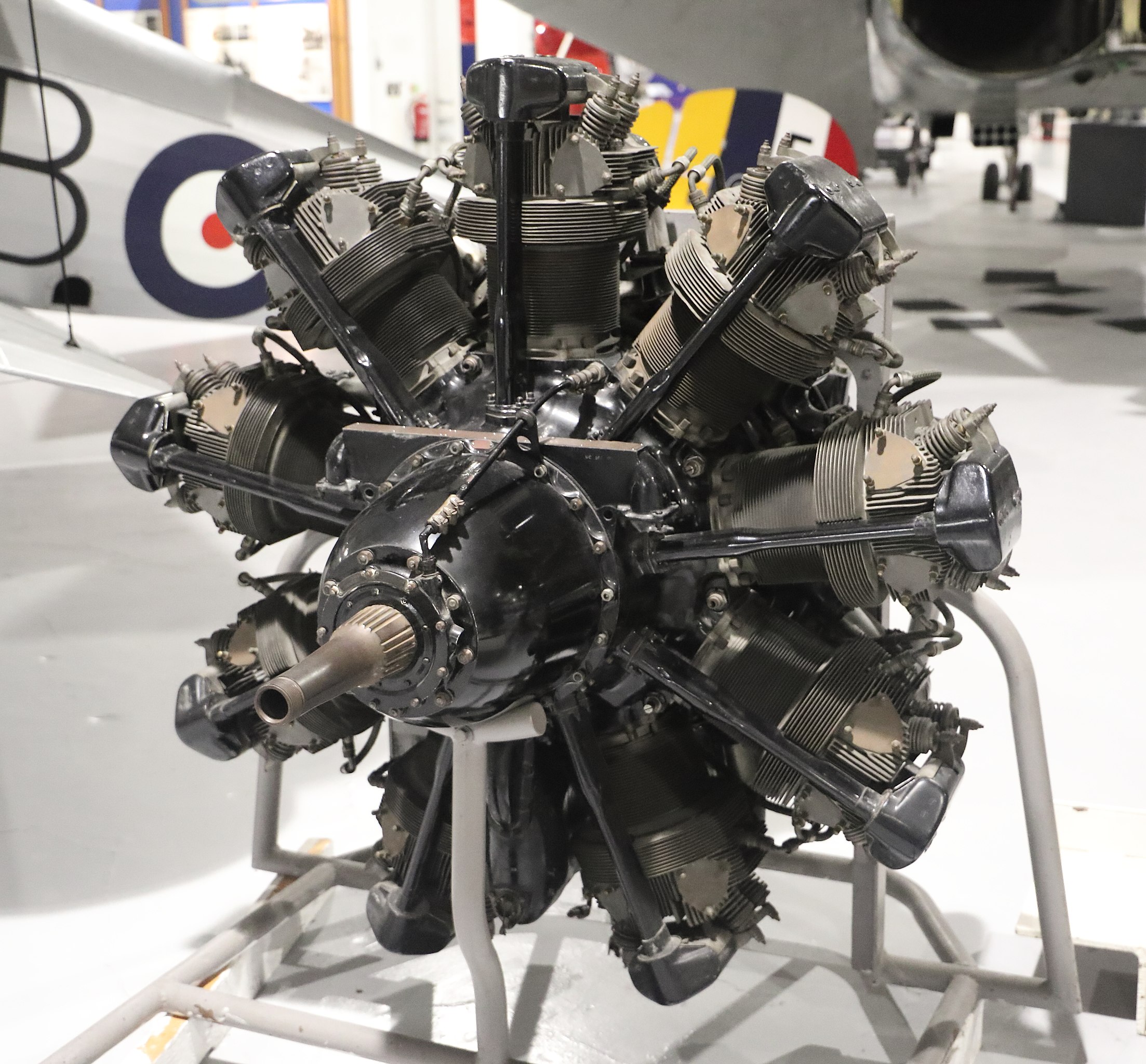
Into the Skies
The Gladiator began its operational journey with the Royal Air Force in 1937. It flew in various theatres worldwide – from Europe’s cold, grey skies to Africa’s blistering heat. It was part of major conflicts, from the Battle of Britain to the North African Campaign.
Despite being overshadowed by more modern aircraft, the Gladiator held its own. Its agility and maneuverability were formidable, and its four .303 Browning machine guns packed a solid punch. It was a biplane that refused to go down without a fight, forging a reputation that echoed through the annals of aviation history.
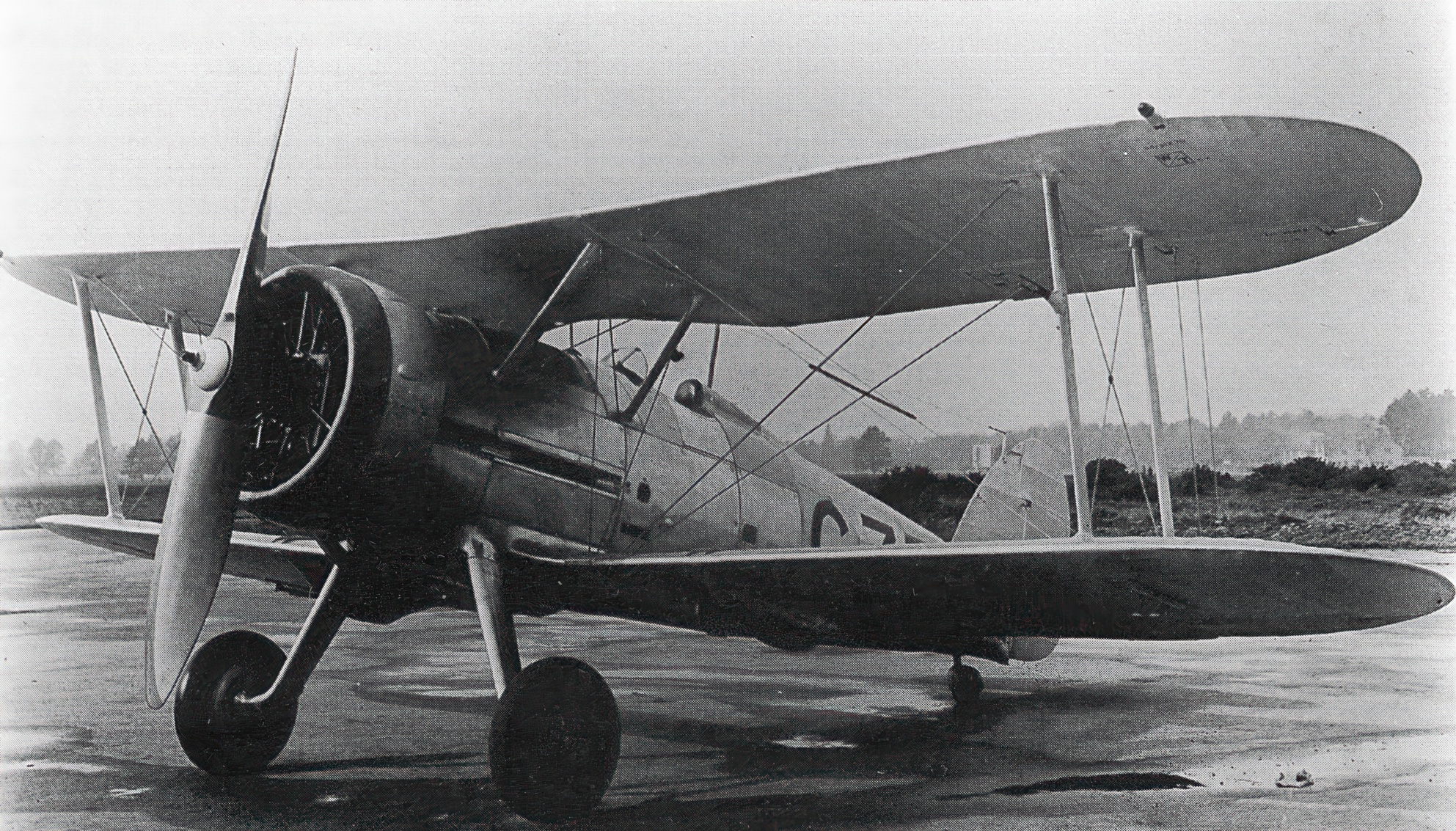
Wings Over Finland
The Gladiator also proved its mettle during the Winter War, a conflict between Finland and the Soviet Union in 1939-40. Swedish volunteers piloted Gladiators, displaying awe-inspiring bravery and determination in the face of tremendous odds.
These ‘Flying Swedes’ contributed significantly to Finland’s air defense, helping delay the Soviet advance. Their actions brought international attention to Finland’s cause, prompting global humanitarian aid and helping to maintain Finnish independence.
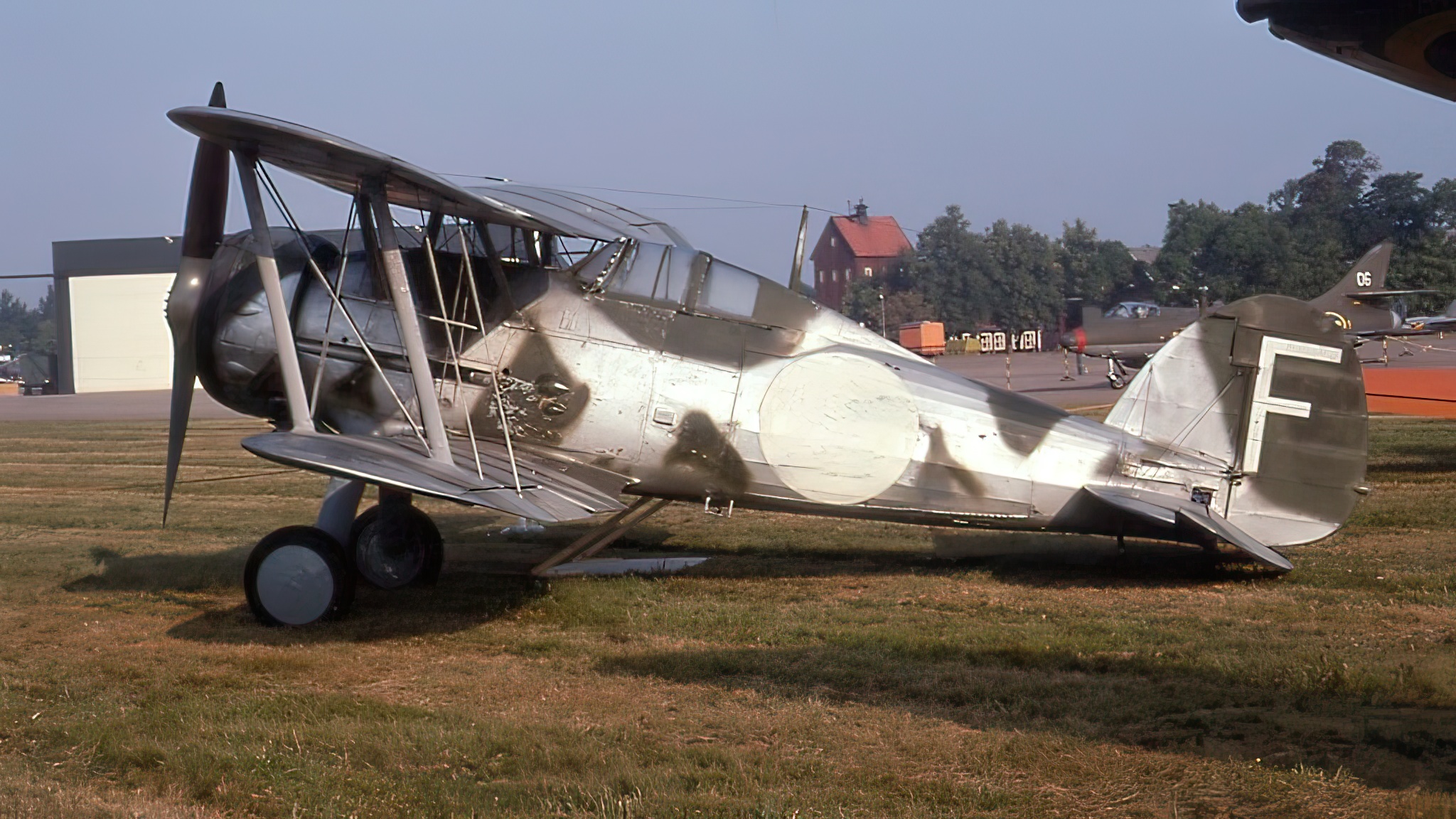
A Valiant Contribution
In spite of its being an old-fashioned design in the era of fast-evolving aviation technology, the Gloster Gladiator was far from irrelevant in the early stages of World War II. It made its mark by showcasing its maneuverability and robust firepower in various theatres of war.
The Gladiator’s service went beyond the mere act of combat. It was a beacon of resiliency, reminding the world of the unwavering spirit and courage that was characteristic of its era. Until the modern monoplanes stepped into the limelight, the Gladiator held the fort, making a critical difference in the war effort.
A Salute to the Gloster Gladiator
The Gloster Gladiator was a biplane that stood tall amidst a generation of monoplanes. Its presence in the skies was an embodiment of British resilience and a tribute to the audacious pilots who maneuvered it through the clouds.
Rather than fading into obscurity, this steadfast aircraft forged a unique path in the annals of aviation. Its role was indispensable during the tumultuous days of World War II, proving that even in the face of overwhelming advancements, there is a definitive place for tenacity and audacity. The Gladiator’s story, therefore, is not one of obsolescence, but a saga of endurance, bravery, and undying spirit.
